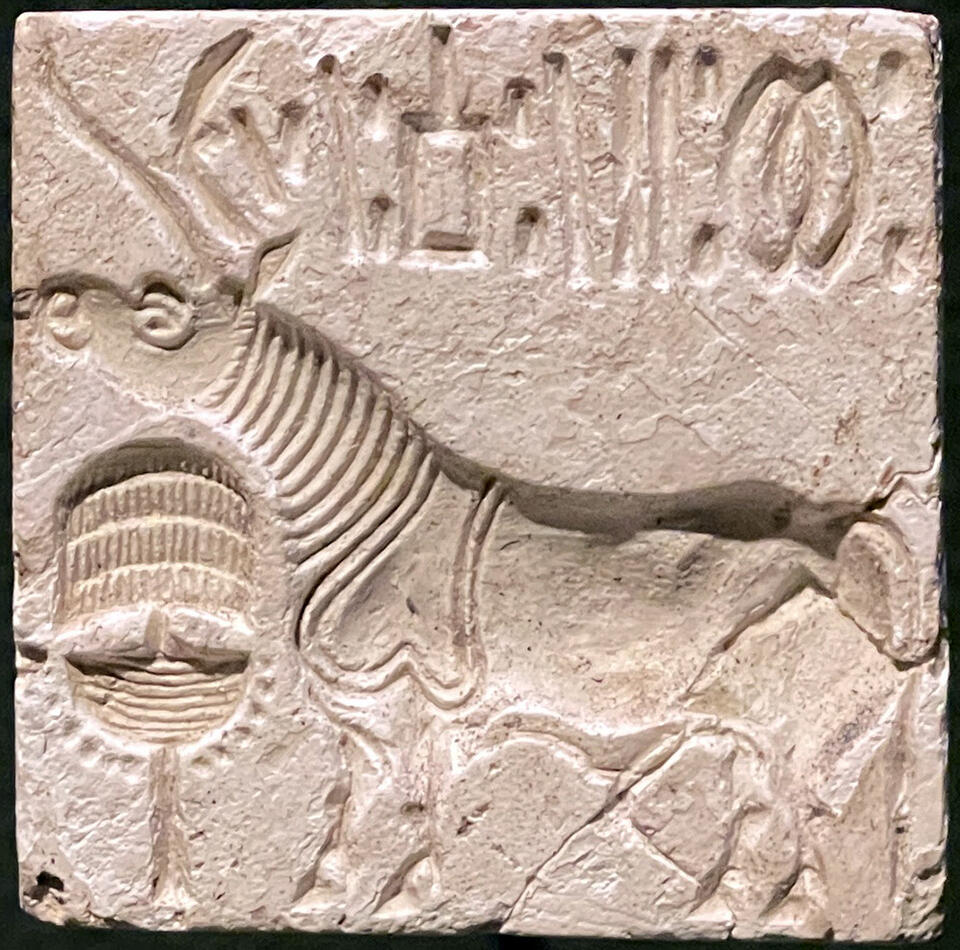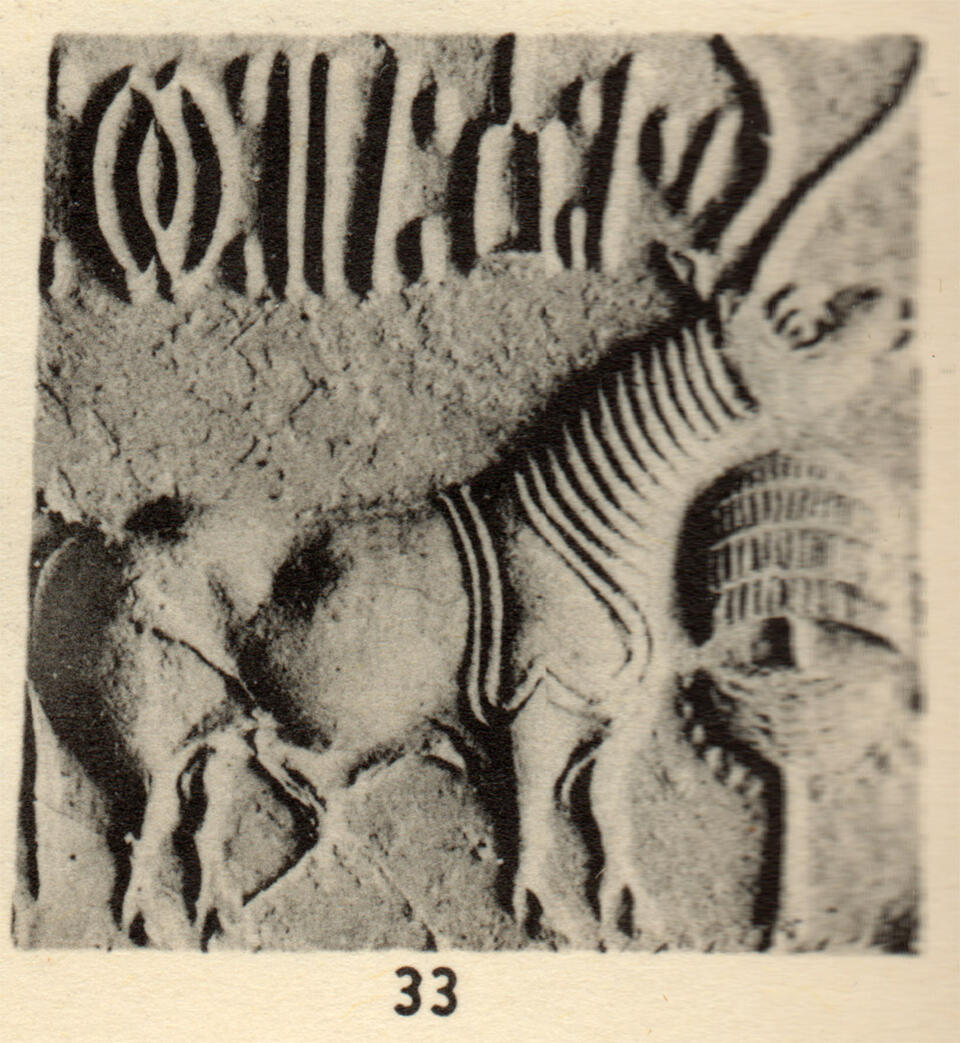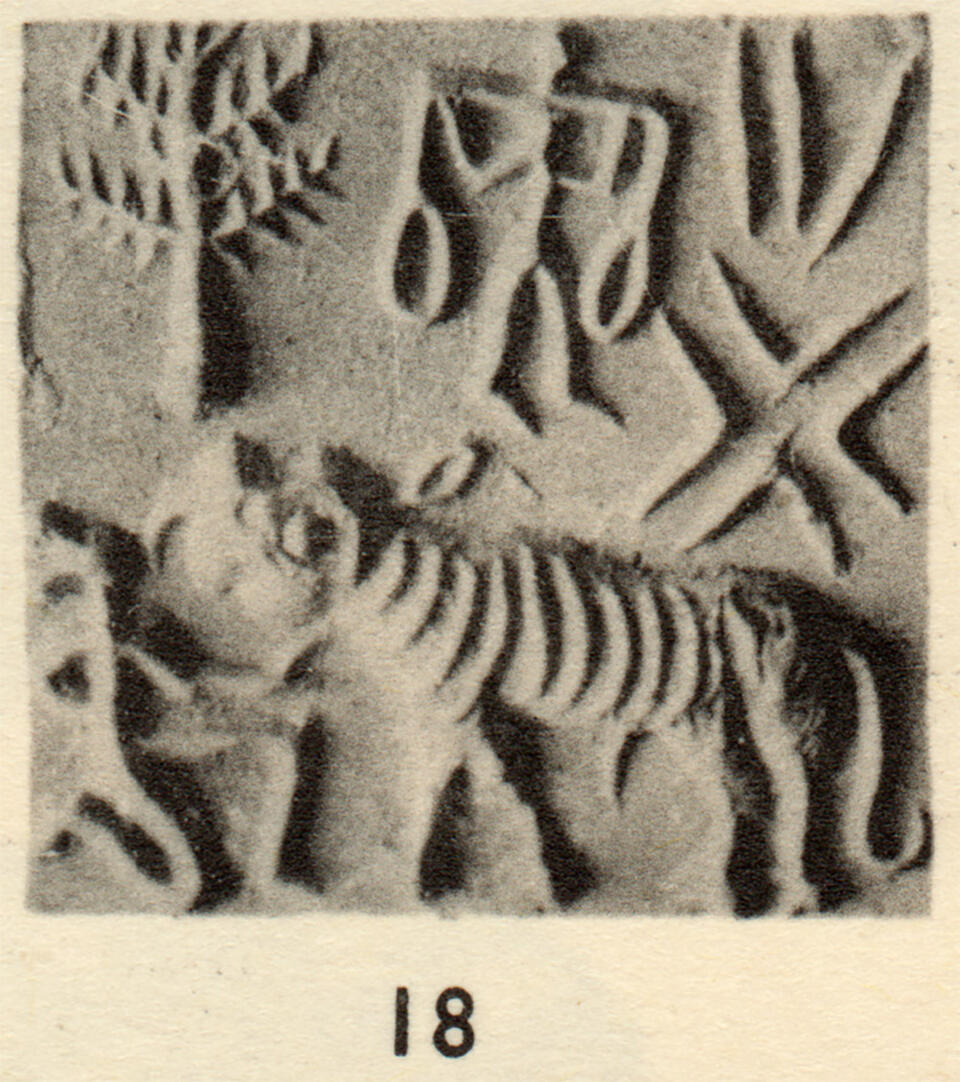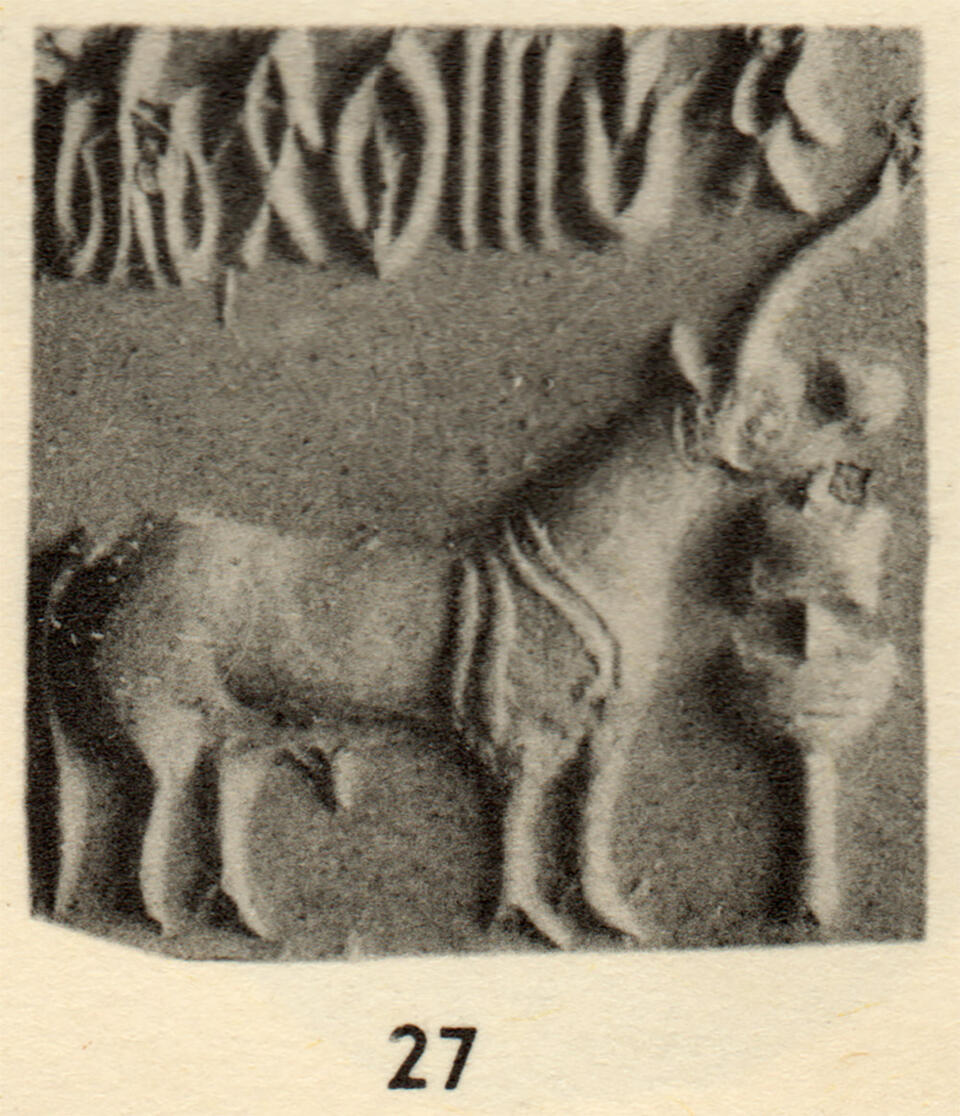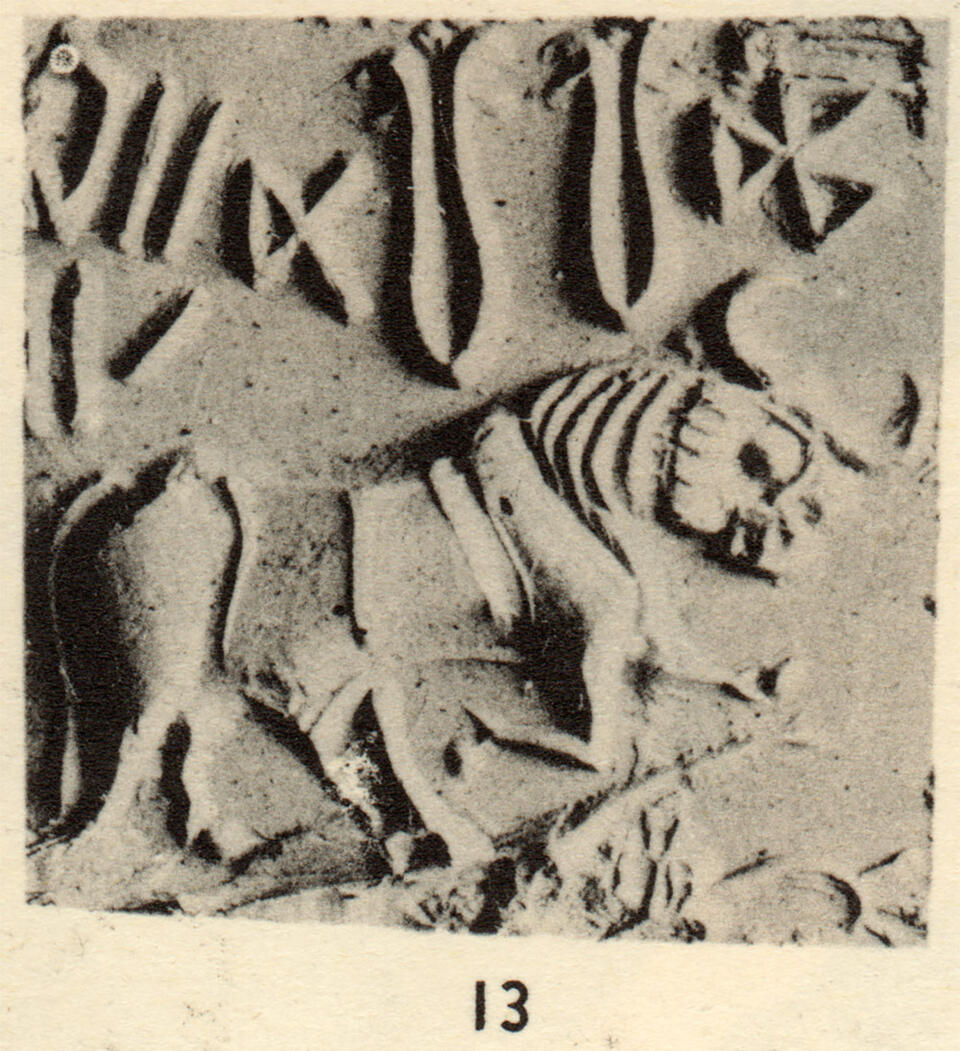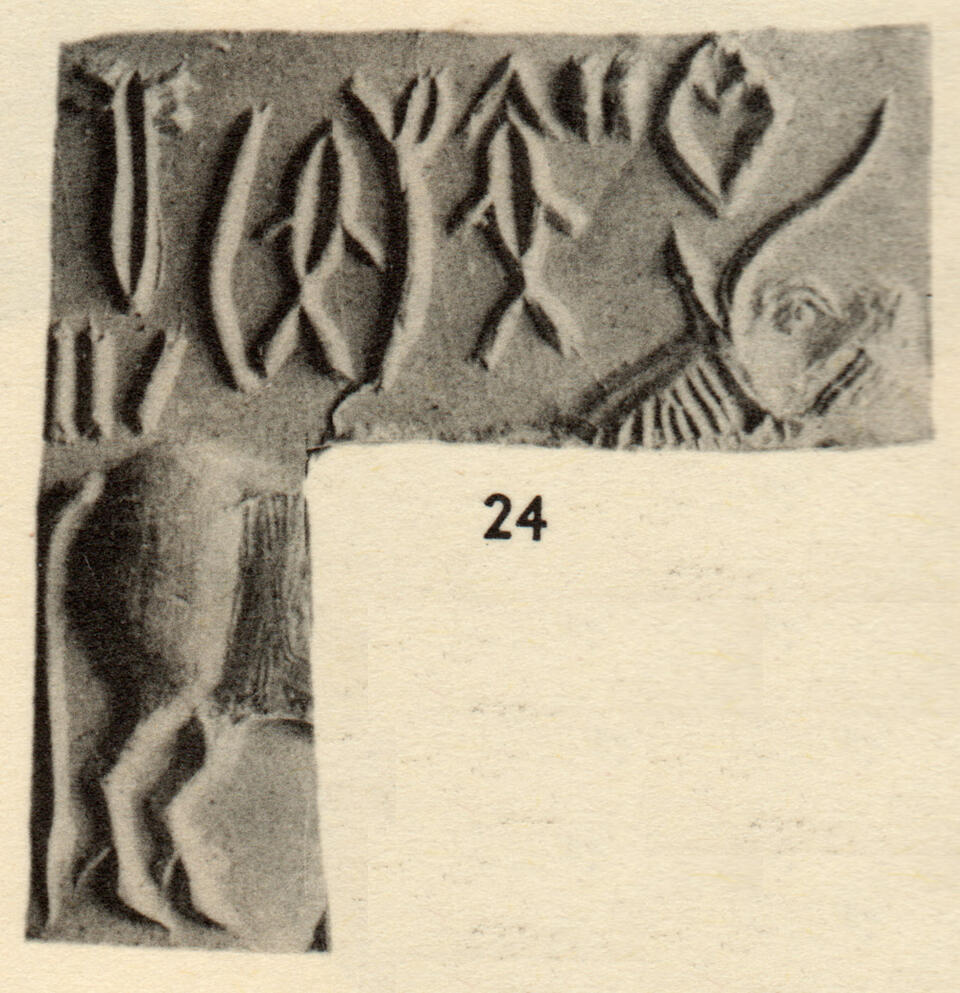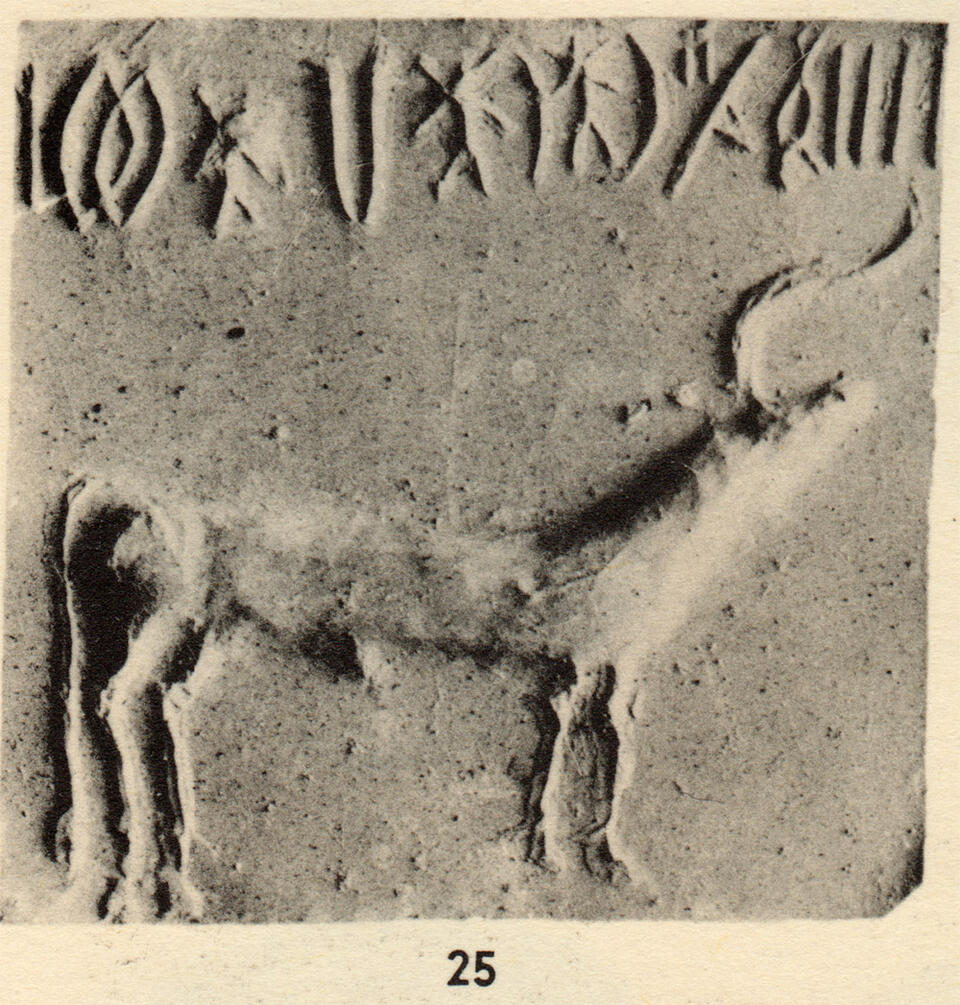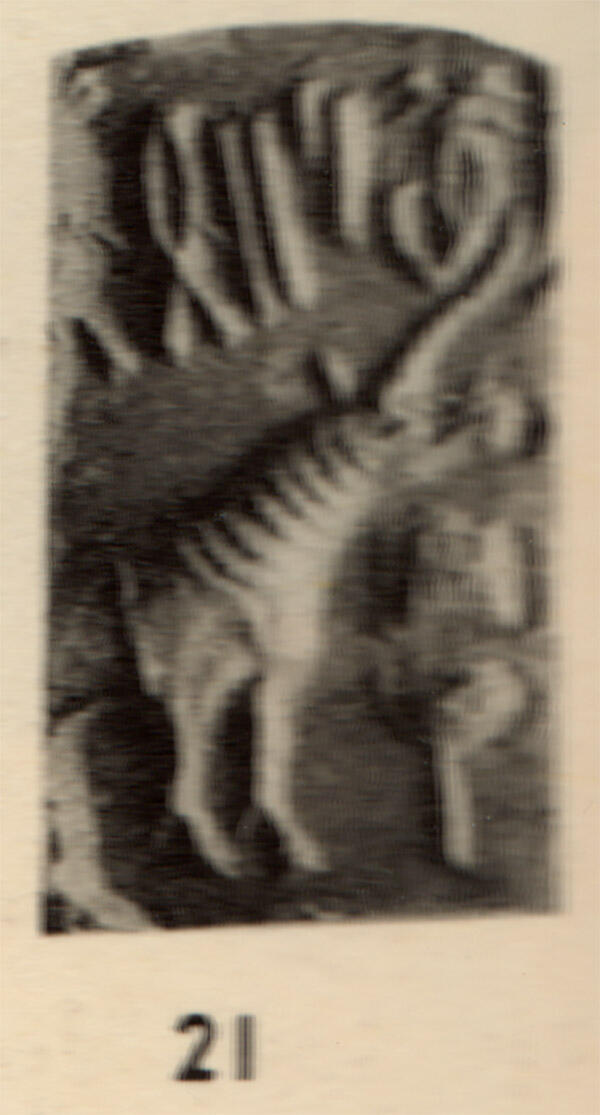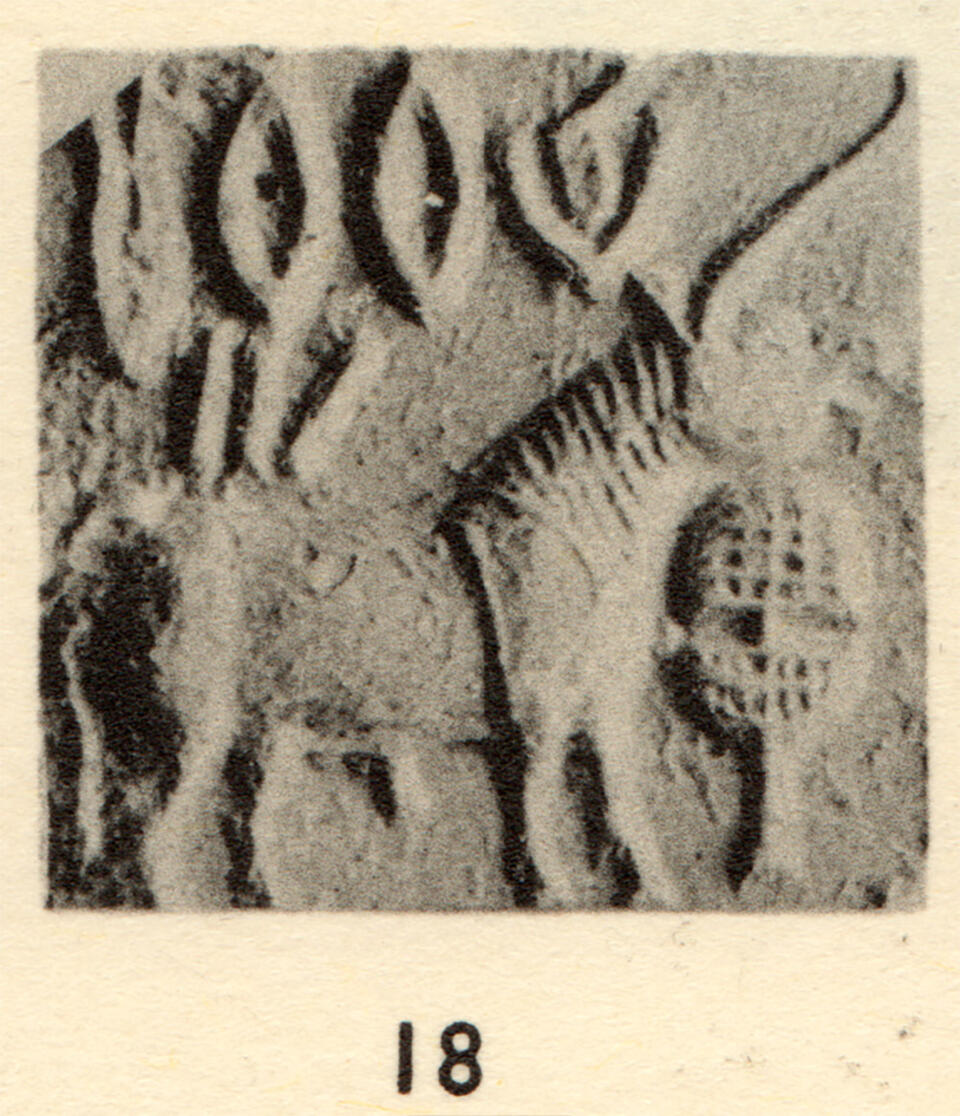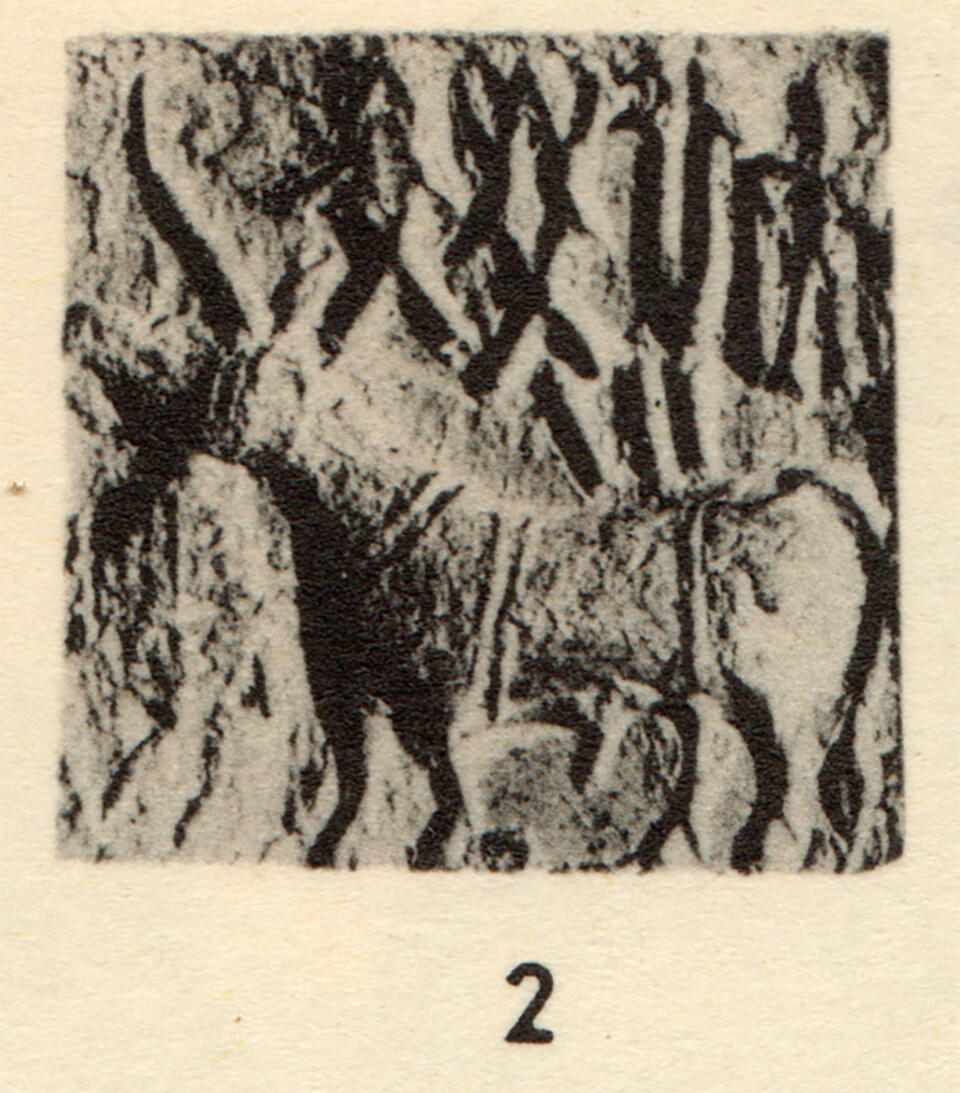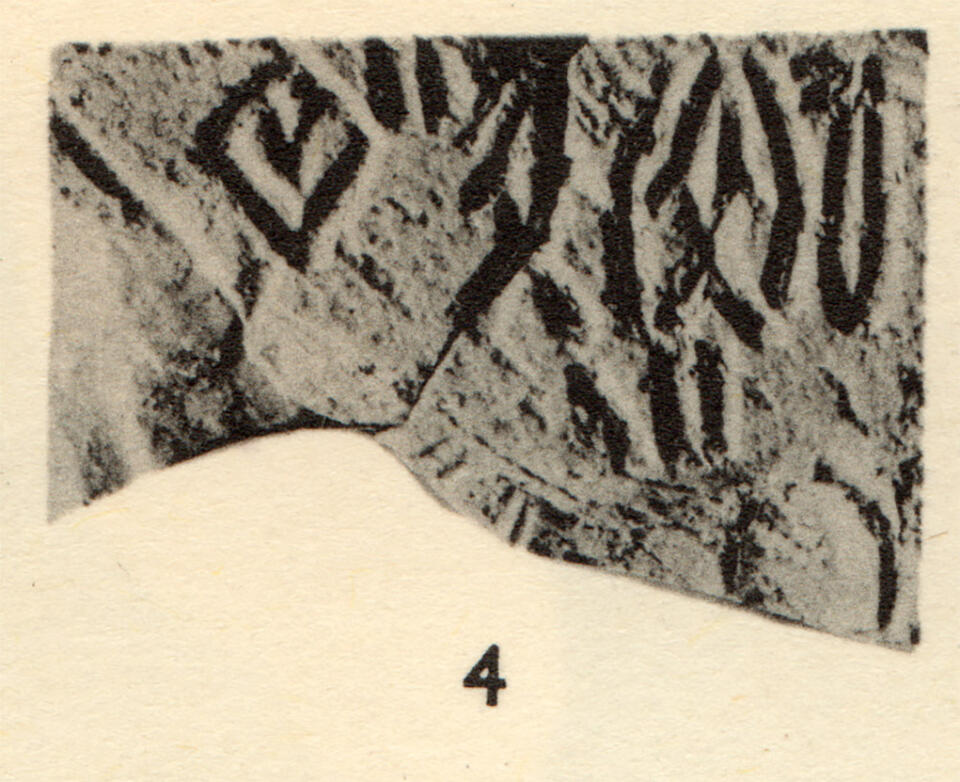January 23rd, 2023
Can potential place-names in Indus inscriptions be isolated?
Dr. Asko Parpola, in by far best single book on the subject, Decipering the Indus Script, after discussing how place names survive in people's names in Dravidian-speaking South India today, where "the name of the ancestral village often forms the first element of a person's proper name," continues by saying that "a similar survival of Harappan place-names in the Greater Indus Valley is not at all unlikely (§ 9.4).
"A fundamental condition is that the sign or sign sequence suspected to represent a toponym should be peculiar to inscriptions from a single place. The likelihood that a sign known from one site only represents the ancient name of that site increases with the frequency of the sign. As toponyms can hardly be expected to be a regular component of all seal inscriptions, they should stand out from the more usual contents and be placed at either the beginning or end of the text, perhaps even clearly apart from other signs.
"Following these criteria, at least one Harappan toponym can be isolated with a fair amount of confidence. Altogether 70 Indus inscriptions have been recovered from Chanhu-daro. Eleven of them contain the sign , which is not known from any of the thousands of Indus inscriptions found at other sites. This sign starts texts twice (5018, 5036) and ends them eight times, just one of its occurrences being medial (5033, above). In five of the final occurrences, it occupies the whole of the second line of the inscription alone, suggesting that it forms a separate phrase. That the remaining part of the inscription, too, forms an integral whole, not necessarily requiring the addition of the sign , is shown by parallel inscriptions (in the following examples from Mohenjo-daro) which lack the sign ,characteristic of inscriptions from Chanhuo-daro." (p. 118)
Below we have shown all the seals he is talking about, starting with the medial occurrence (5033), in a photograph made from the seal during a visit to the Chanhu-daro section at the Museum of Fine Arts in Boston. The positive sealing is the second image in the slide show; it and the other sealings are from Ernest J. H. Mackay's Chanhu-daro Excavations.
Perhaps none seems to fit Parpola's hunch more that the third, with the figure of the trader between two signs. If the other were also a place, a city like Mohenjo-daro, 80 miles away, would that be unreasonable?

